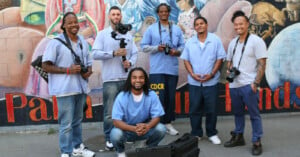
San Quentin Prisoners Form a Film Company With Hollywood Backing
Inmates at San Quentin prison are being given the opportunity to learn film production in a scheme backed by Hollywood.

Inmates at San Quentin prison are being given the opportunity to learn film production in a scheme backed by Hollywood.

Vice and a photo colorization artist are in hot water this week after it was discovered that he had 'Photoshopped' smiles to the faces of Cambodian genocide victims in his colorized photos.
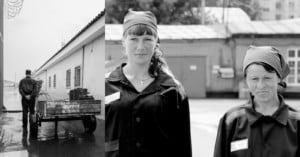
As of October 1, 2018, there were 575,686 people in the institutions of Russia's penitentiary system. For each of these people, the reality of being in one of the penitentiary institutions is simultaneously a problem, a conflict, and a compromise. But probably to the greatest extent, it's a compromise.

"Finding Freedom" is a new art book collaborative project between Brandon Crockett, a community volunteer and advertising copywriter, and the renowned photographer Sandro Miller -- yes, the same one that recreated iconic photos with John Malkovich. The book features poetry and portraits from residents at a Chicago halfway house -- individuals who have recently left prison and are attempting to reintegrate with society.
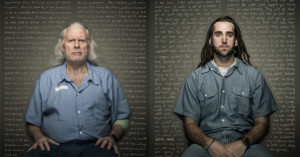
It was in the early part of 2013 when Trent Bell, a commercial photographer known for his architectural photos, received the shocking news that a friend of his had been sentenced to thirty-six years in prison for some trouble he got himself into.
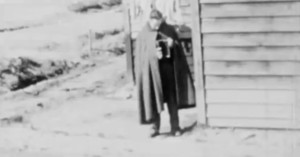
Ever since photography was invented in the 1800s, there have been people willing to risk life and limb to bring images to the public eye. Among the craziest examples are prisoners of war during World War II -- people who built makeshift cameras out of smuggled parts in order to capture what life was like inside their prison camps.
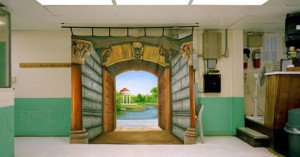
Prison visiting rooms are often home to large-scale paintings that are enjoyed by only a few. Often created by the inmates themselves, the artworks serve as the photographic backdrops of a portrait studio as inmates pose in front of them for pictures that are given to loved ones as mementos.
Since these intricate drawings are generally only seen by inmates, visitors, and employees, photographer Alyse Emdur decided that she wanted to document them for a wider audience. She spent years creating a project titled Prison Landscapes, featuring photos of these idealized backdrops that, for a moment, transport the inmates to faraway places.
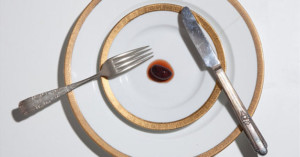
In certain countries around the world, death row prisoners who are about to face execution are offered a special last meal to eat. Authorities do their best to accommodate the special food requests, and these choices are often published to the media after the execution is carried out.
Photographer Henry Hargreaves decided to do a photo project to document what these last suppers comprised and what they might have looked like. He looked up the requests of some of history's most notorious executed criminals, recreated those meals, and photographed them. The project is titled "No Seconds."
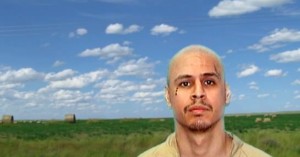
Prison is no cake walk -- and rightfully so. Inmates of maximum security prisons have often done terrible things, things that in some states are still punishable by death. But is there a fate worse than death?